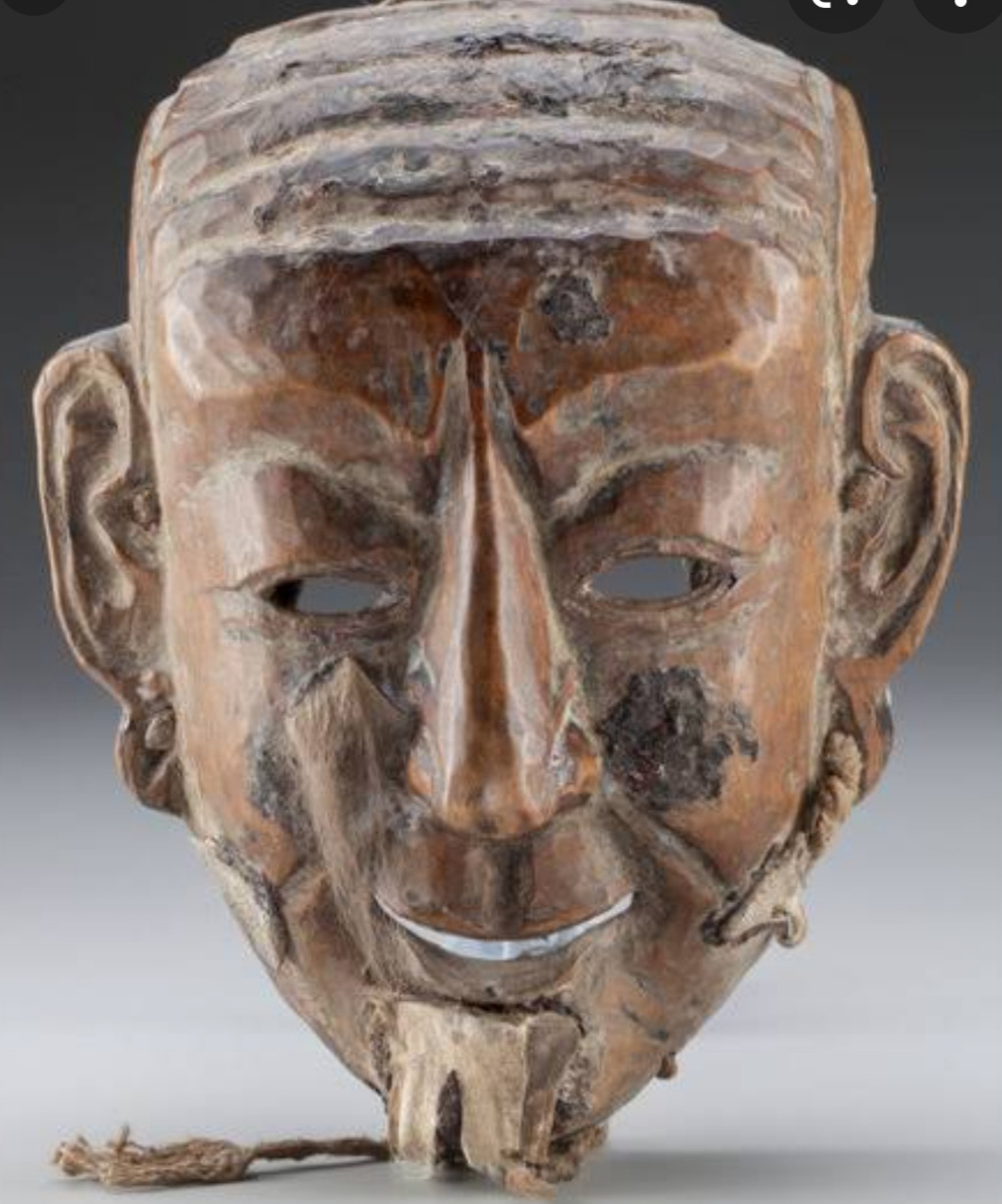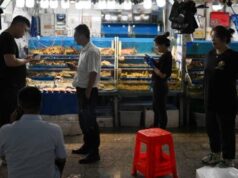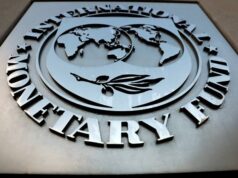Bomdir Village : A Conglomeration of mask making Monpas
By Col Satish Singh Lalotra
‘I have no time to battle egos and small minds.”—Anonymous.
The dawn lit mountains of far eastern India where the early morning sun rays kiss for the first time the terra firma of our country, Arunachal Pradesh is the largest of the 7 sisters of NE India by area. Sharing a land border of 1129 kms with China’s Tibetan autonomous area, Arunachal Pradesh confines within its recesses such wonders which are seldom to be found anywhere in the world.
The fall of 1993 saw me making my bags pack while in service to the distant land of verdant greenery, blue hills and a still unexplored area of our country which still awes our countrymen to no end.
The armed forces of our country is perhaps the only organization which has an innate quality in itself to unleash the footloose side of its members howsoever staid and laid back in their attitude they may have been in their earlier days of their lives.
Self was no exception to this thumb rule or rather the unwritten law. Doe Nair in her fabulous book ‘I married the army ‘ has very succinctly cracked wisecracks regarding this footloose nature of army life which is will nilly injected into the veins of an army man.
Though stationed initially on the interstate border of Assam and Arunachal Pradesh, I found myself in and out of far flung outposts of my organization flying frequently from ARC sorties to exotic locales with uncommon names like Bomdir, Tuting limeking etc.
Travelling either as part of service retinue with a high flying dignitary to help facilitate a first hand ‘Dekho’ of living conditions of our Tibetan troops or for a quick check out of our forward posts, Arunachal slipping underneath your hepter always quickened the pulse both of a new comer as well as an oldie on these aerial routes which had earned notoriety as an acronym ‘The Hump route’ or the ‘Aluminum trail’ amongst the allied pilots during the 2WW for the numerous accidents which was the norm at that time.

The beginning of 1994 saw me explore a hitherto unknown facet of Arunachal Pradesh’s exotic and unique fact of life i.e the ‘Making of masks’ of all hues and sizes by the majority Monpa tribe of western Arunachal Pradesh.
I was catapulted into action by my official telephone whizzing frantically with a long distance call by my superior who was at one extreme end of Arunachal Pradesh, Walong to be precise asking me to wait for the arrival of the unit political leader in a day or two and accompany him to Bomdir near Tawang for the annual Monlam prayer festival as also take the blessed rice beads brought from Dharamshala to be distributed to our troops stationed over there combined with an area familarisation since being new to the unit.
A very unusual combination of duties entailing attendance at annual Monlam prayer festival at Tawang monastery and some serious official work kept my adrenalin at a perpetual high for next 48 hours. New to the organization I was at a loss of words for why should there be a forced attendance for the annual prayer festival at Tawang monastery by our Tibetan troops.
It was only later on that I came to know how the CTA/Central Tibetan administration at Dharamshala even fulfills the spiritual needs of its diaspora in India by making sure that some percentage of their Tibetan troops attend these festivals which are being held nearest to their locations.
‘Bomdir supply’ where our people were stationed was just 13 kms from Towang monastery and hence the dictates of CTA assumed such importance. Another reason to me for this attendance appears to be the logic of the CTA to help maintain and remain in touch with their art and culture seeped as it is in Buddhist religion far away from their homeland.
Twice having aborted our hepter flight due to the inclement weather prevailing at the formidable Sela pass standing at 13, 700 feet I finally managed to land with the unit political leader at ‘Bomdir supply’ our location. Having met our troops who were all smiles for having interacted with their adjutant who seldom use to venture out earlier, I was struck with their very easy going nature and an all-encompassing sincerity in whatever they were assigned to perform over there.
Having distributed the red coloured rice beads blessed from HH Dalai Lama amongst the troops I proceeded with a select group of people with the political leader in tow to the Towang monastery to participate in the annual Monlam prayer festival.
The main purpose of the great prayer festival is to pray for the long life of all the holy gurus of all the traditions, for the survival and spreading of the Dharma in the minds of all sentient beings and for world peace. It was during these prayers that I noticed the Buddhist ‘cham dancers’ with masks put in by the dancers.
Returning back to the base at ‘Bomdir supply’ our location I happen to animatedly discuss the making of masks put in by the dancers at the festival with my troops, who in no time presented me with a set of wooden masks of hermits as a souvenir to be taken by me after my visit to the forward post of theirs. It was as if they had already decided on cue to present this unique set to me to be cherished at posterity.
As per my troops, these wooden masks were made by the Monpa tribal people inhabiting these areas of western Arunachal Pradesh. These Monpas were actually influenced by the Tibetans and their culture on their local culture since the time these Tibetans came along with HH Dalai Lama in 1959 as part of the mass exodus under duress from the Chinese hegemony.
As per the small talk given to me by my troops while interacting with them at Bomdir, on the wonderful art of making these masks, the world of mask making is spread far and wide covering a swathe from the eastern most part of India right till the westernmost part of Nepal.
The art of mask making as brought out earlier has been nuanced by the ever presence of Tibetans in this part of Arunachal Pradesh which China calls as part of southern Tibet much to the chagrin of we Indians. These masks crafted by the Monpas are classified into religious types and folk types in terms of their functionality. Religious masks are generally found to be used in religious dance festivals but vary in different monasteries.
They usually include three dimensional or semi-dimensional hard shaped masks made from roughcasts. They are regarded as a form of sculpture. As Buddhists believers think that religious masks symbolize Gods and spirits, they especially emphasize solemnity and constancy in this making of masks. Masks can be further classified into 3 types in term of their subjects.
As per the Tibetan culture which the Monpas have taken to quite religiously, the masks so made are Demon masks, Animal masks and human figure masks. On top of the above, the colours play a very important role in making the masks as they look to us. The colour of yellow hue represents profound knowledge and farsightedness.
Red colour represents bravery, intelligence, and the ability to use strategy to conquer our adversaries etc. Whereas the colours of green represent virtue, intelligence, kindness and black and white represents a distinct yes or no, a very clear distinction in making choices in life. Similarly the colour of purple represents jealously & hatred and blue denotes a marked preference for fearlessness and heroism.
Never knowing that the small masks of various hues and sizes hid an entire world in themselves I was simply overwhelmed by the details so benignly imparted to me by our troops. Having spent next 72 hours with my troops at the location opened new vistas of opportunity of interacting with the locals which are actually the second line of defence in an area like Tawnag sitting just next to the Mac Mohan line.
The dawn of my fourth day was broken by the ‘Thud Thud sounds made by the rotors of our MI 17 hepter signaling an end to my brief sojourn with my people over here as also to a very hectic period of events packed within such a short span of time.
Climbing up the ramp of the hepter with my two masks gifted to me I was an enlightened man with the knowledge of Tibetan /Arunachal Pradesh culture and art so religiously imparted to me. These two masks off course adorn the space of my drawing room now and every time I glance at them takes me back to the land of verdant green hills and dancing lamas of our NE.





